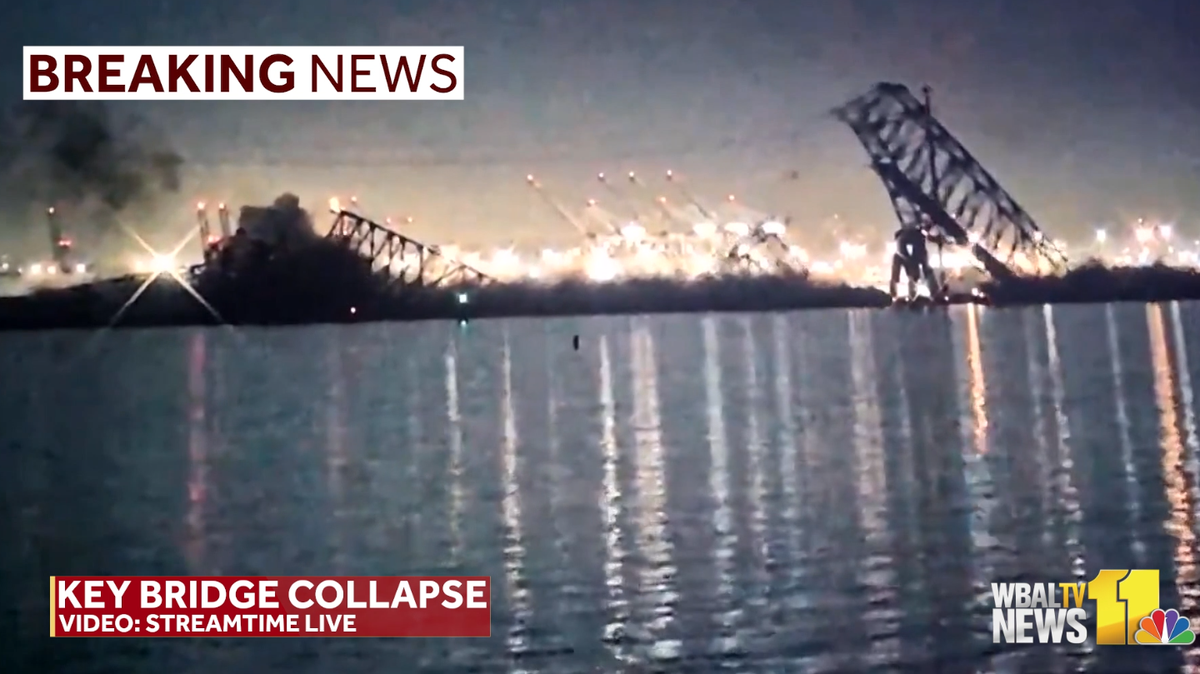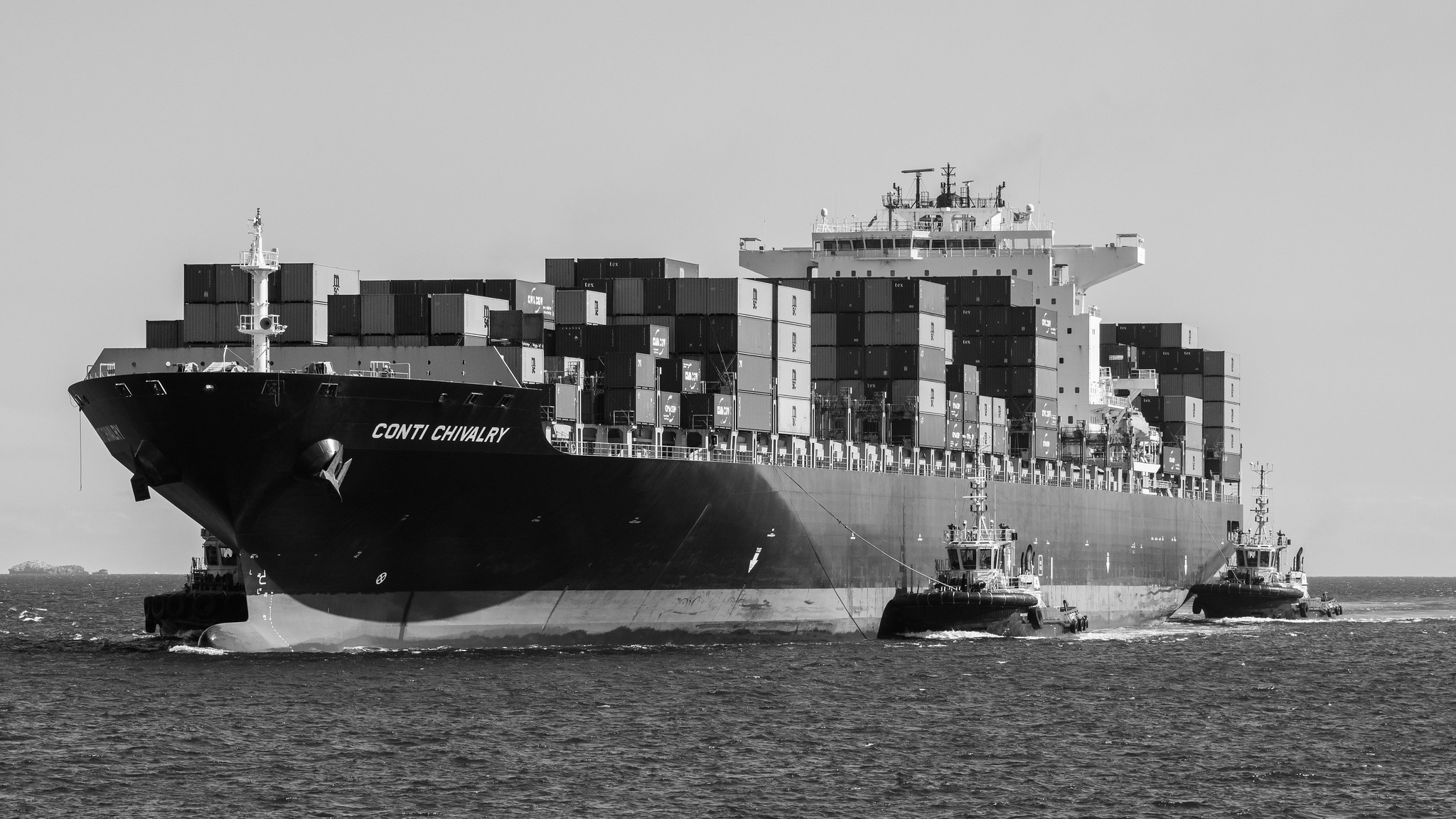6zfshdb
Well-Known Member
- Region
- USA
- City
- Northeast Pennsylvania
The port of Baltimore is a major east coast container ship import location. The collapse of the Francis Scott Key Bridge may affect bike imports. It could result in a delay if you have a bike on order.

 www.wbaltv.com
www.wbaltv.com

Video shows moment when Baltimore's Key Bridge collapses
The governor declared a state of emergency after Baltimore's Francis Scott Key Bridge collapsed overnight as a result of a ship strike, according to the Maryland Transportation Authority.


